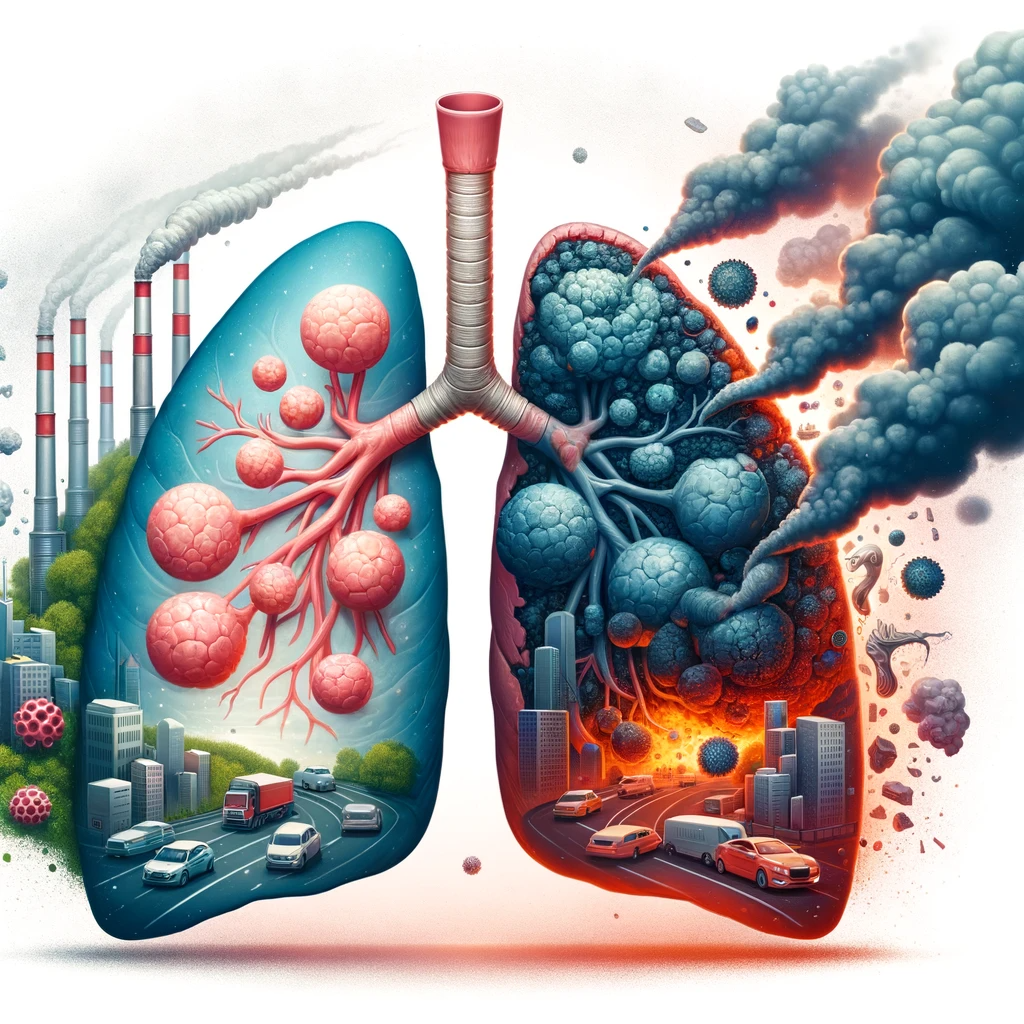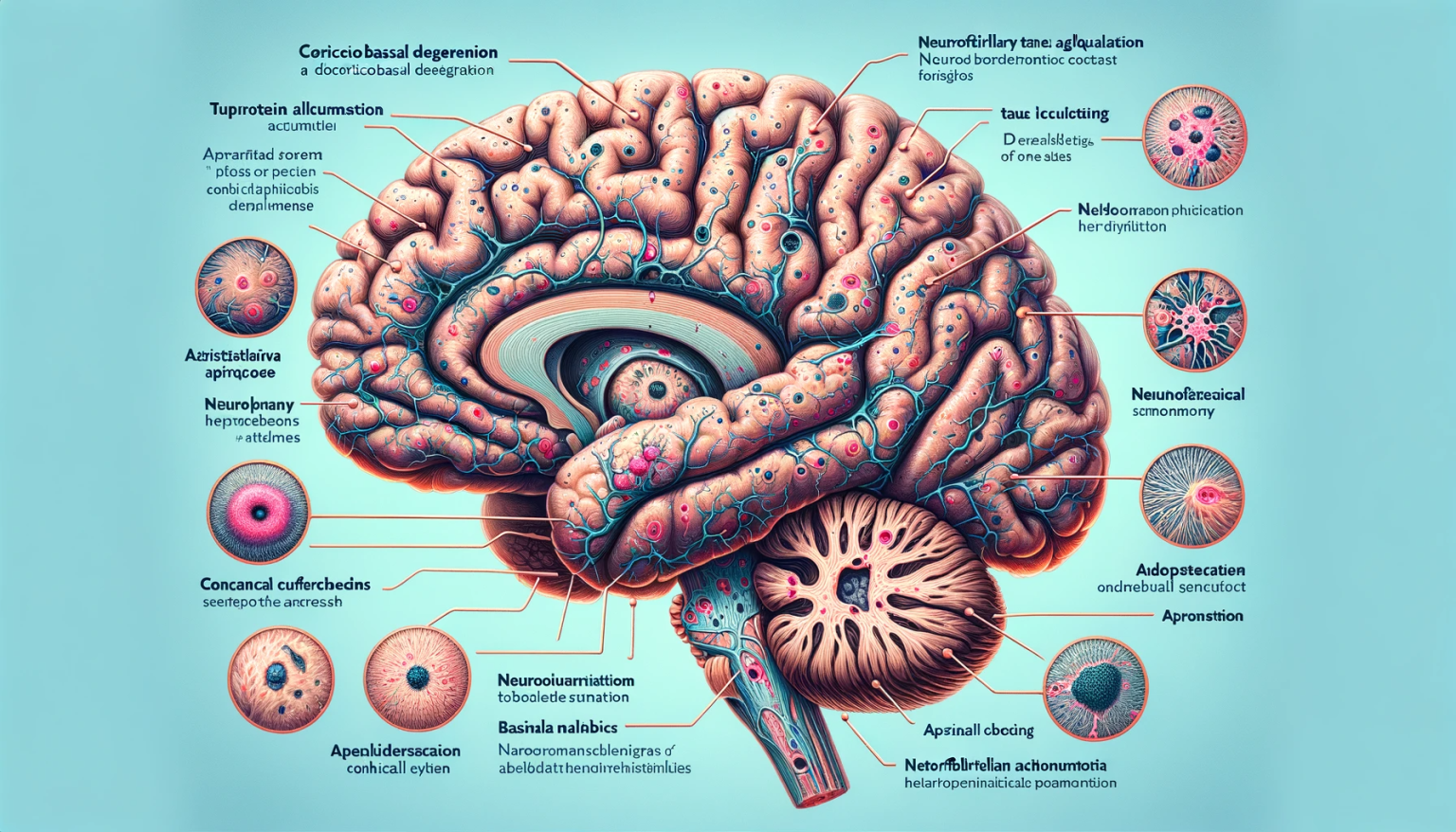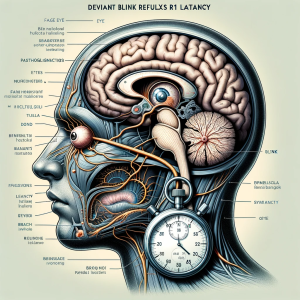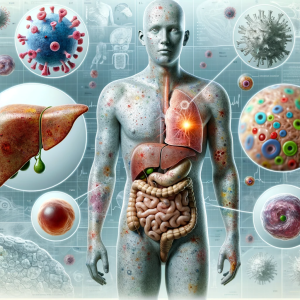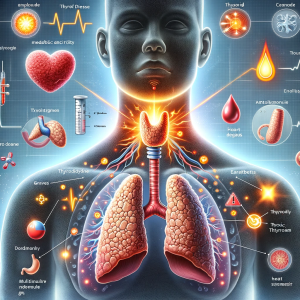 Abstract: This article provides a comprehensive overview of the causes of hyperthyroidism, delving into the pathophysiological mechanisms and clinical implications of this endocrine disorder. Emphasizing the multifactorial nature of its etiology, this review offers insights into the complex interplay of factors contributing to hyperthyroidism.
Abstract: This article provides a comprehensive overview of the causes of hyperthyroidism, delving into the pathophysiological mechanisms and clinical implications of this endocrine disorder. Emphasizing the multifactorial nature of its etiology, this review offers insights into the complex interplay of factors contributing to hyperthyroidism.
1. Introduction: Hyperthyroidism, characterized by excessive production of thyroid hormones, is a common endocrine disorder with various etiologies. Understanding these causes is crucial for accurate diagnosis and effective management.
2. Autoimmune Disorders:
- Graves’ Disease: The most common cause of hyperthyroidism, Graves’ disease is an autoimmune disorder characterized by the production of thyroid-stimulating immunoglobulins that activate the thyroid-stimulating hormone (TSH) receptor, leading to unregulated thyroid hormone synthesis.
- Hashimoto’s Thyroiditis: While typically associated with hypothyroidism, it can initially present with hyperthyroidism due to the destructive thyroiditis process.
3. Thyroid Nodules and Goiter:
- Toxic Multinodular Goiter: Characterized by multiple autonomously functioning thyroid nodules, leading to excess thyroid hormone production.
- Toxic Adenoma: A solitary autonomously functioning thyroid nodule that produces thyroid hormone independently of TSH regulation.
4. Iatrogenic Causes:
- Exogenous Thyroid Hormone: Over-replacement therapy in hypothyroidism patients or inappropriate use for weight loss.
- Iodine-Induced Hyperthyroidism: Excess iodine intake, especially in individuals with pre-existing thyroid disease, can induce hyperthyroidism (the Jod-Basedow phenomenon).
5. Other Causes:
- Thyroiditis: Subacute, silent, or postpartum thyroiditis can result in transient hyperthyroidism due to the release of preformed thyroid hormones.
- HCG-Mediated Hyperthyroidism: High levels of human chorionic gonadotropin (HCG), as seen in pregnancy or trophoblastic disease, can stimulate the thyroid gland.
6. Pathophysiological Mechanisms: The pathophysiology of hyperthyroidism involves an increase in synthesis and release of thyroxine (T4) and triiodothyronine (T3), leading to a hypermetabolic state. The feedback mechanism on the hypothalamic-pituitary axis typically results in suppressed TSH levels.




